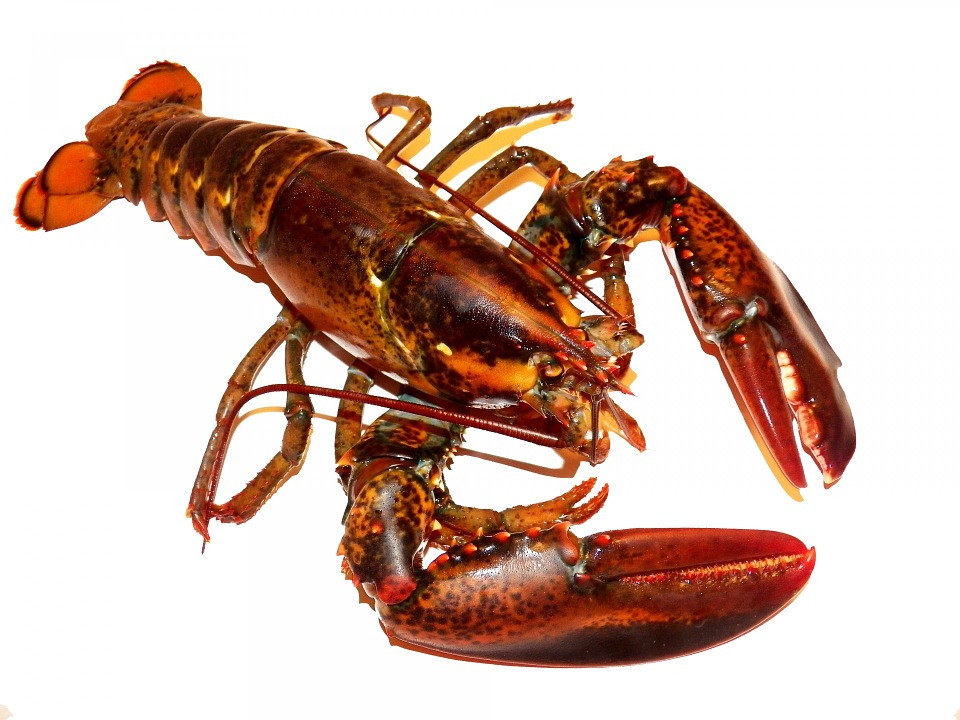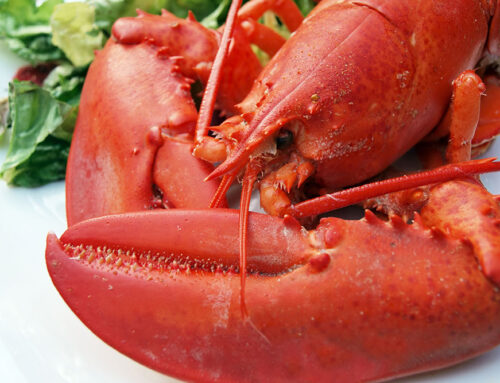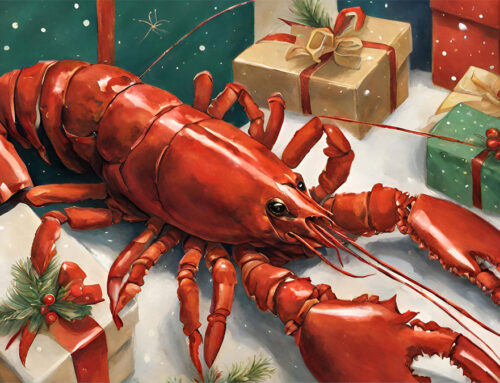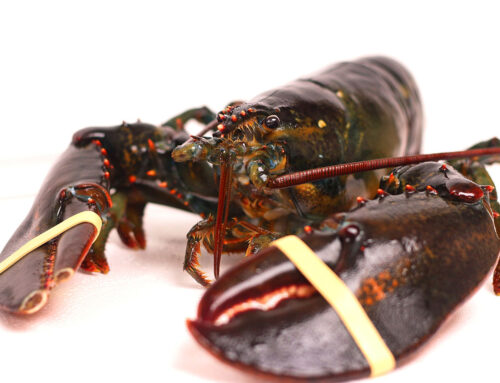Maine lobsters can live for many years. It is estimated that lobsters can live for as long as humans, according to the University of Maine. These arthropods go through several stages before becoming of legal weight and size for harvesting and selling at markets and in restaurants.
Birth and Larval Stage
An adult female will carry thousands of tiny fertilized eggs on the underside of her tail near her feathery swimmerets, located on her abdomen, for approximately 10 to 15 months. When she feels the eggs are ready to hatch, she releases them by fanning her swimmerets. The eggs will hatch into tiny bug-like larvae with feathery legs to help them swim. They don’t look at all like their parents when first hatched.
The little swimmers will stay near the surface of the ocean for about one month before they start to mature and resemble what we know as a lobster. During this time the larvae will shed their exoskeletons, referred to as molting. Unfortunately, the majority of larvae are subject to flying and swimming prey as a major food source. The ones who survive will molt a fourth time where they move from larval stage to resembling an adult and are able to swim well. At this stage there may be only 1 or 2 surviving lobsters of all the eggs hatched from one female.
Young Lobsters
After the surviving babies have molted for a fourth time, they will start to move toward the floor of the ocean or bay in search of a protective place to live. During the lobster lifecycle they will again molt a fifth time and will spend about a year hiding from predators near rocks, reefs, and dense seaweed. It may take another 4 years before an adolescent is adventurous enough to swim about freely and hide less. According to the Gulf of Maine Research Institute, juveniles will live on tiny shrimp and other little creatures like sand fleas that drop to the ocean floor. The lobsters will weigh less than 1 pound during this time and will have molted up to 25 times.
Adult Lobsters
After 5 to 8 years of molting and growing, lobsters have reached adulthood and are likely to weigh a pound at this stage. A one-pounder, or “chicken lobster,” is considered ready for market. An adult female will molt every 2 years from this point forward, while a male will molt once a year. This molting pattern slows the growth of the adults. These crustaceans can grow to 3 feet long and weigh several pounds toward the end of the lobster lifecycle.
Harvesting for Market
Although one pound is considered table ready, the Maine lobster legal size also depends on the size of the carapace. The carapace is the back shell just above the joint between the back and the tail. The carapace must measure 3-1/4” to be considered market size, according to the University of Maine. Adult males might weigh more than females of the same size due to their larger claws.









